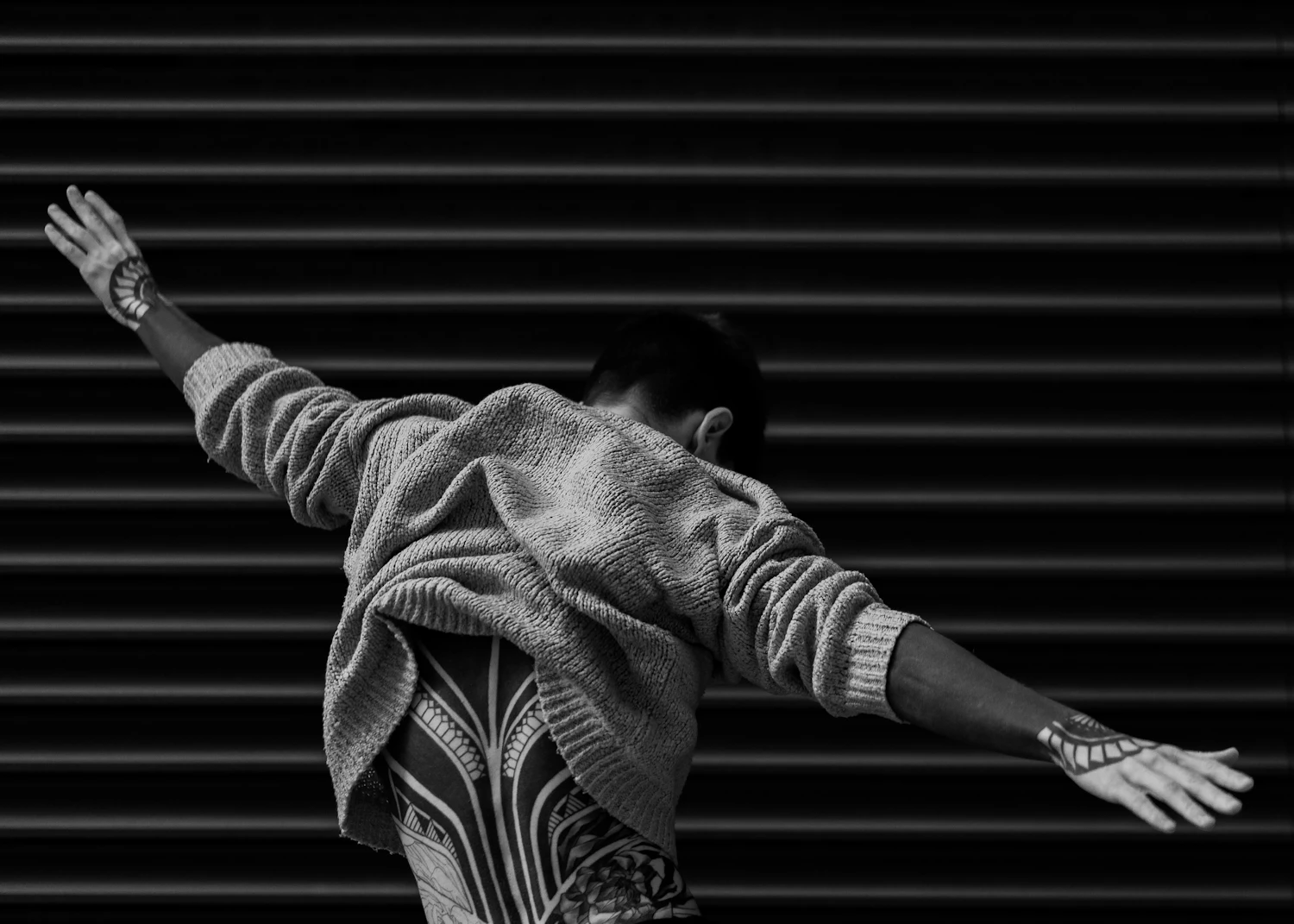12.26FRI
Relay Column: On Navigating through the Silent Body – Tattoos, Fashion, & Text (Shin Aoyama)

PROFILE

Shin Aoyama
Born in 1995. Graduated from Keio University Graduate School of Media and Governance (Design). Serving as the editor-in-chief of "anon press." Engaged in writing and expression activities focused on science fiction and future-oriented design. Notable works include "オルガンのこと" (Included in "異常論文" edited by Kyosuke Higuchi, Hayakawa Publishing), and "ココ・イン・ザ・ルーム" (Exhibited at the National Museum of Emerging Science and Innovation's "Microbes actually are all around").
At the time of writing this article, Ye, who appeared on the live stream of the far-right/conspiracy/fake news site "InfoWars" run by conspiracy theorist Alex Jones, was facing criticism for statements that could be interpreted as praising Nazism.
Looking back to 2013, Ye, known then as Kanye West, made the following statement in a BBC Radio interview regarding the theme "Why care about clothes?":
“It is because being naked is illegal.”
This statement seems oddly whimsical yet strangely unforgettable. Does it evoke Adolf Loos's maxim, "Ornament is a crime"? If being naked is illegal and adornment is a crime, how incredibly sinful we are.
By the way, bodysuits, particularly items referred to as second skin, have been trending for several years now. Marine Serre's crescent has long been imprinted on the skin of influencers. Based on this discussion, these outfits, which evoke nudity while clad, resemble a convergence of illegality and crime, truly embodying a fearsome immorality.
This article is for members only.
Please register to read the rest of the article.
What you can do with a membership
- Read members-only articles
and use text-to-speech. - Unlimited article favourites
and browsing history. - Attend members-only events.
- Get the latest information
with our email newsletter.
CONCEPT VIDEO
"fashion tech news" Unveils New Logo & Concept Video
TOP ARTICLES
RELATED ARTICLES
CONCEPT VIDEO
"fashion tech news" Unveils New Logo & Concept Video
CONTACT
If you have any questions or enquiries, please enter your details in the form below.









.jpg?w=400&fm=webp)

.jpeg?w=400&fm=webp)






.png?w=400&fm=webp)

